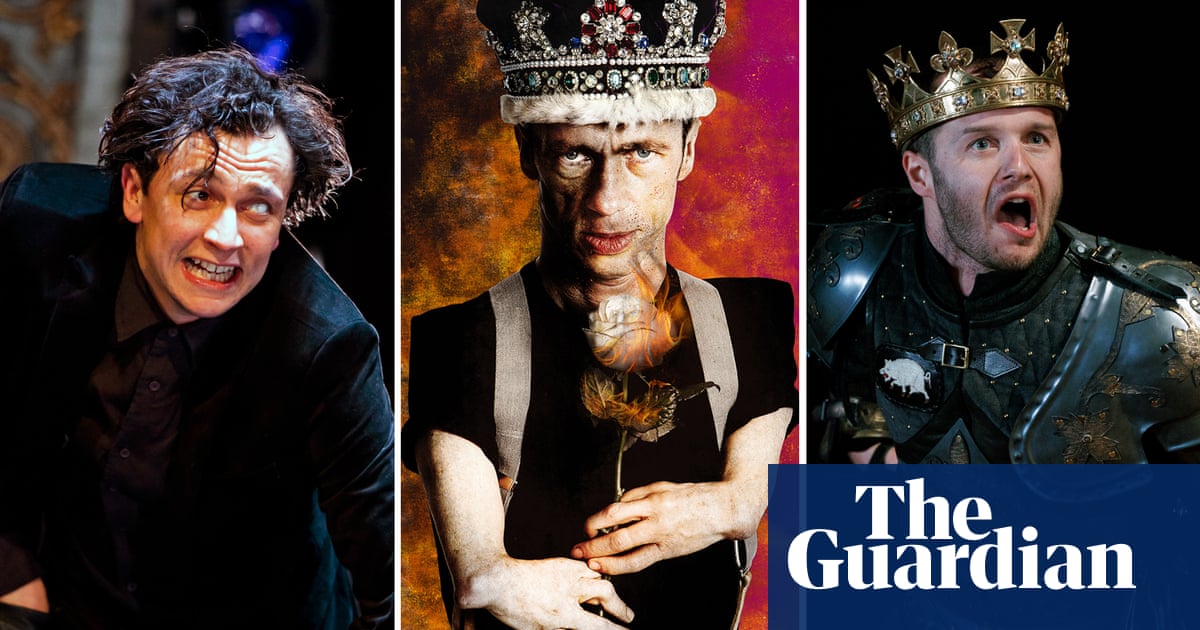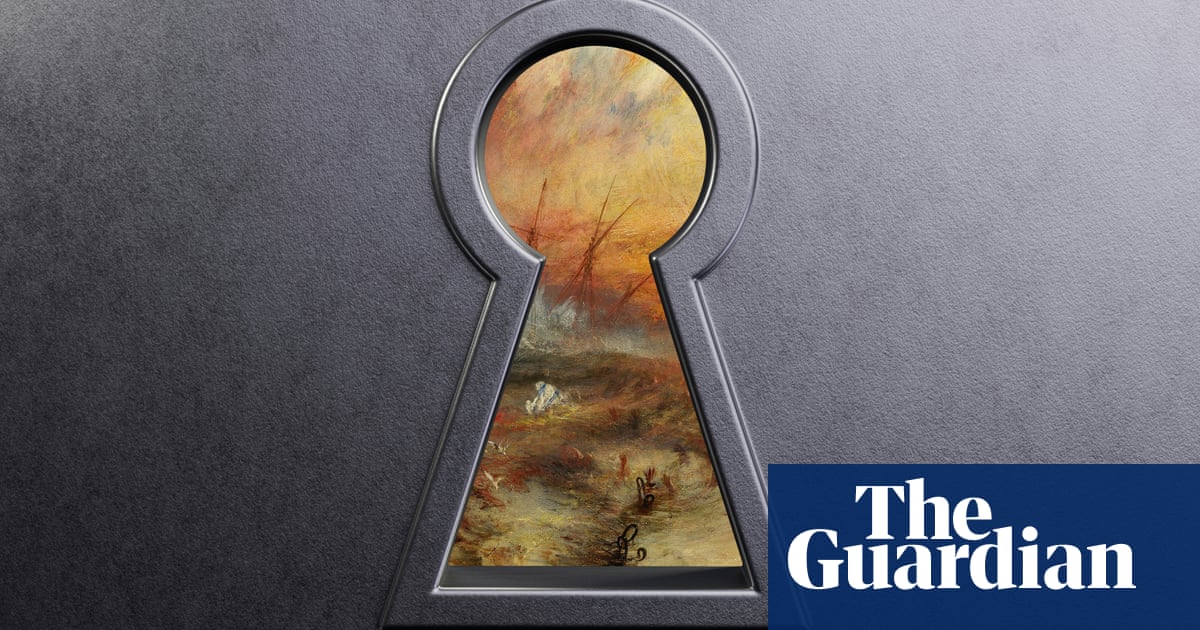
Can technology be harnessed to help liberate rather than oppress us? Corporations are unlikely to be much use – but art might.
It is this possibility that underpins Radical Ancestry, a 16-month-long programme of residencies, events and exhibitions at Fact Liverpool, an organisation that supports artists and film-makers. With a series of commissions by emerging and established figures, the programme asks how we might “reimagine notions of belonging” to forge new identities and communities.
This month, Radical Ancestry brings two artists in dialogue: Josèfa Ntjam, who lives in the French city of Saint-Étienne, and the London-based Danielle Brathwaite-Shirley.
Both Ntjam, 30, and Brathwaite-Shirley, 27, produce work that spans the physical and the virtual. In Ntjam’s case, this includes digital collages, films, augmented-reality experiences and 3D-modelled sculptures often brought together in surreal, quasi-futuristic installations that conjure underwater civilisations or intergalactic vistas. Brathwaite-Shirley is best known for her interactive video games that can be played both online and in gallery installations.
The artists also see their art-making as a way of “archiving” marginalised stories and experiences. Ntjam’s focus is on the culture and mythology of Africa and its diaspora, which appear as references – both overt and oblique – across her work. Brathwaite-Shirley is particularly concerned with Black trans people. For projects such as blacktransarchive.com (2020), the artist works with fellow members of the Black and trans communities, embedding images of them – and their memories – in her animated games.
At Fact, visitors are invited to enter two elaborately realised worlds that move freely between reality and imagination. Ntjam’s contribution centres on a sci-fi-esque film, Dislocation, which follows a character named Persona – “looking,” says the artist, “for archives and memories of the Cameroonian war of independence”. (Ntjam’s father is from Cameroon: she interviewed several family members when researching the film.) In the gallery space, Ntjam has also constructed a subterranean cave filled with mushrooms and plankton in pools of water.
Ntjam’s cave, modelled using photogrammetry of a real cave in the south of France, was inspired by the hideouts used by French communist resistance fighters during the second world war (the Communist party later supported the Union of the Peoples of Cameroon during its struggle for independence). It is also a reference to Underground Resistance, a music collective from Detroit. “I’m interested in how the layers of rock work as a metaphor: for colonisation and the compressing of history,” she says.
Brathwaite-Shirley’s contribution, a game called When Our Worlds Meet, is made in collaboration with a group of young people in Liverpool. “We talked about what kind of environments they would need to support themselves and their communities that they don’t see in Liverpool. Then we constructed worlds around these conversations,” she says. Each fantastical world represents the “dreams and wishes” of the group – from places where they can meet and stay with their friends to more in-depth education about the history of Liverpool and its slave routes.
For Brathwaite-Shirley, while everyday technology – like apps on our phones – is made simply to “serve us”, technology at its best “can be a way to question who we are and how we’ve become the society that we live in”. In her game, players are asked to make decisions that will affect the eventual outcome. This interactivity is crucial because it “allows you to feel responsible for what you’re seeing”.
“The journey isn’t just the story, but also the choices you make along the way, and how you feel because of those choices.” And if you don’t like where the game ends up, well, you can always go back to the beginning.












